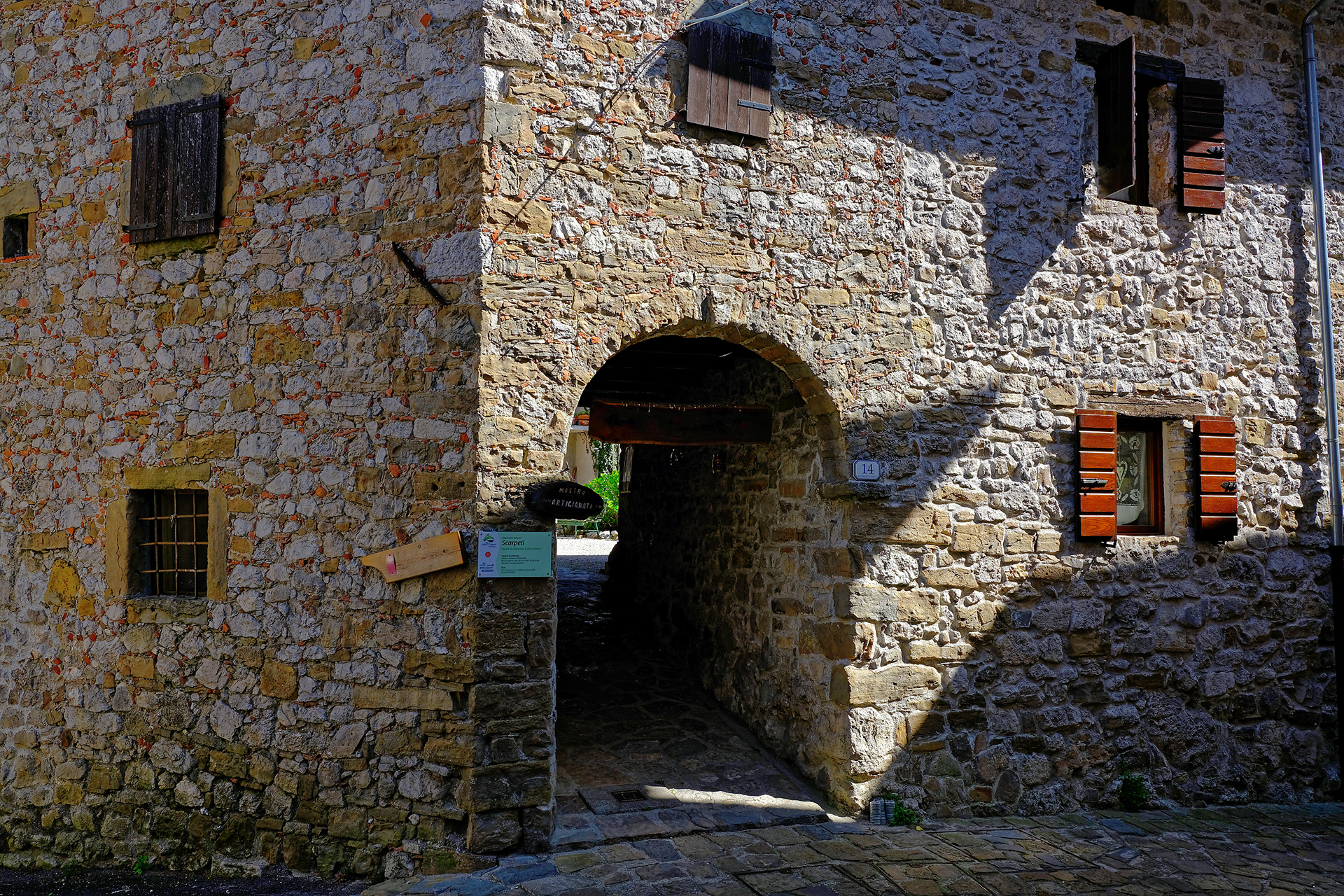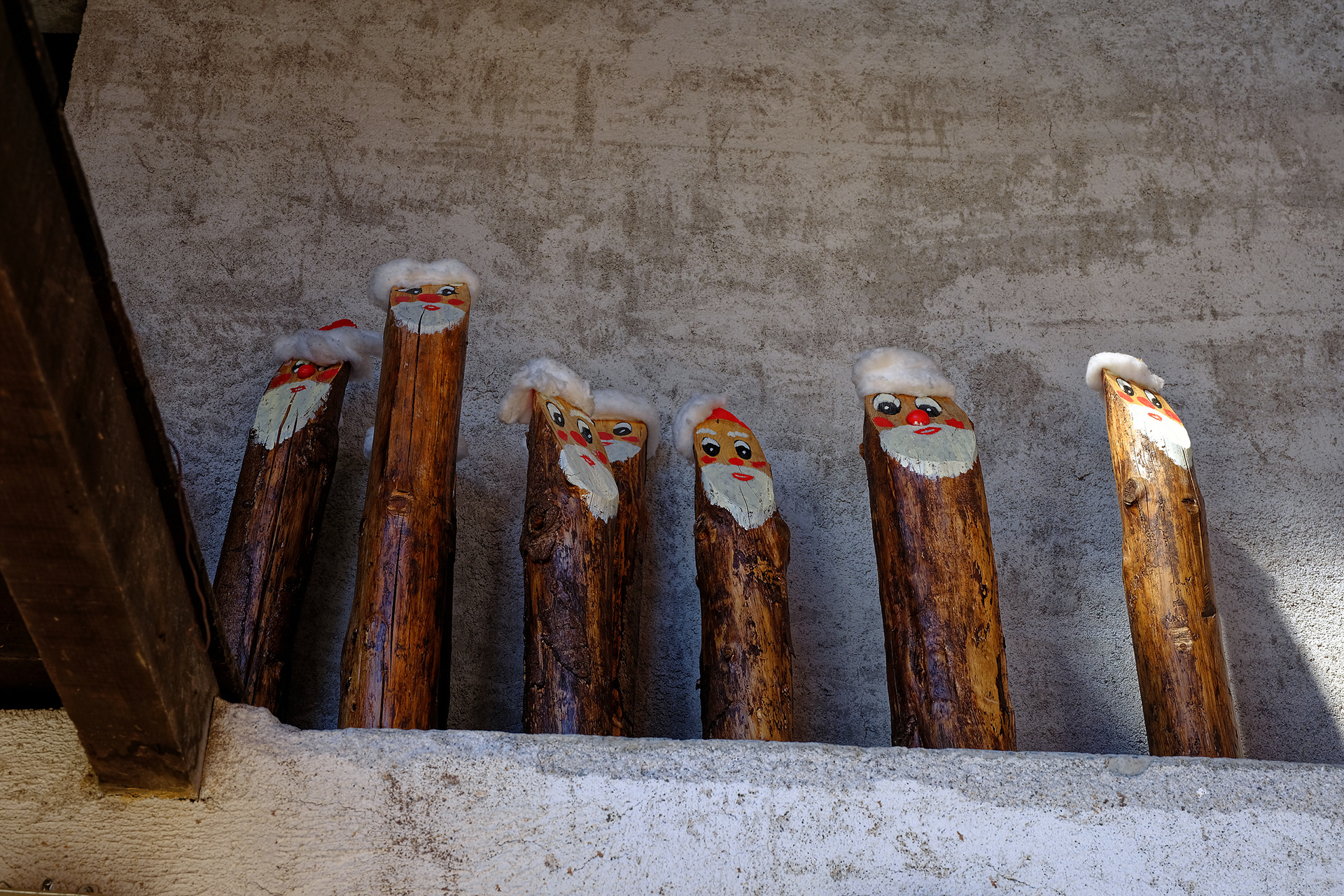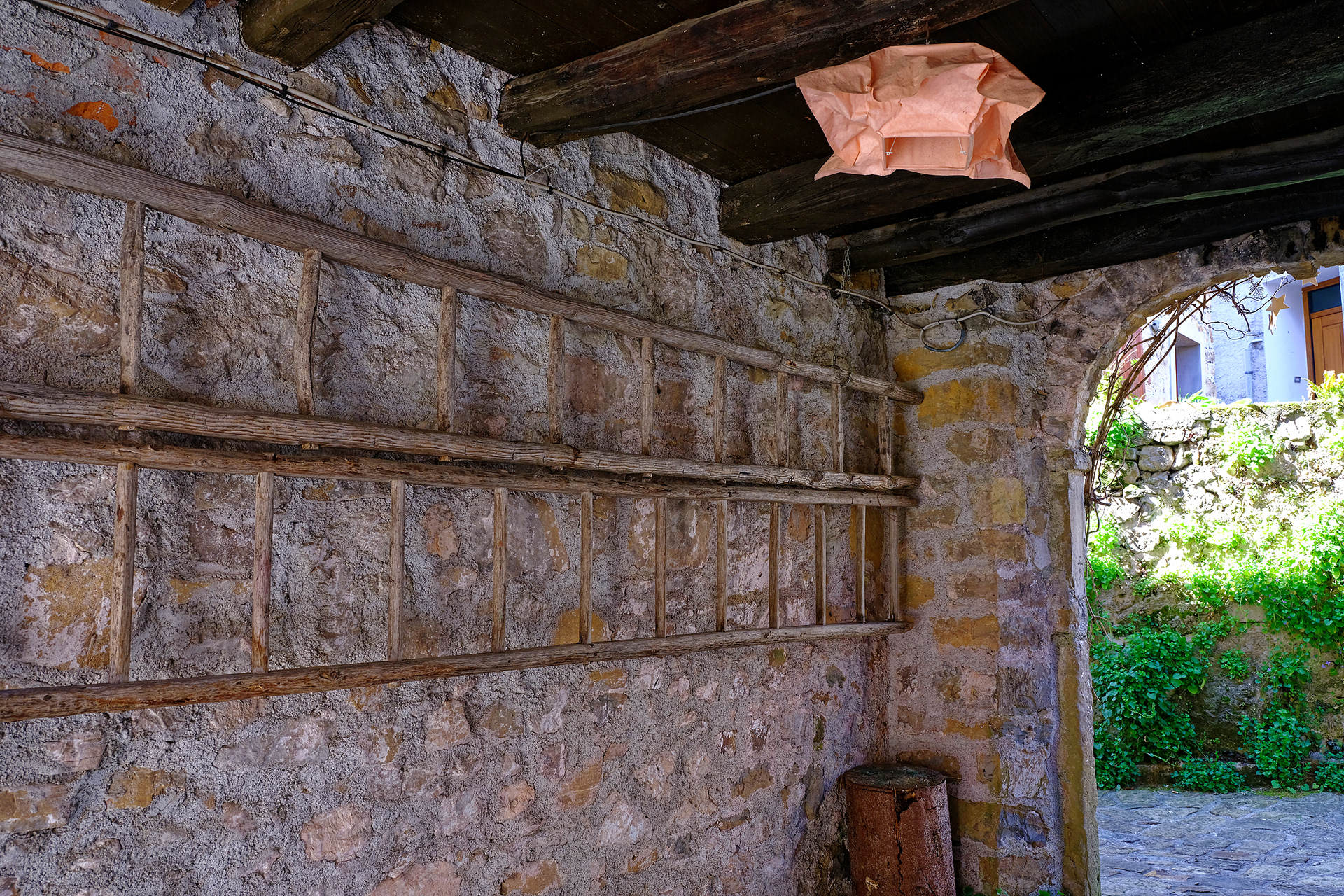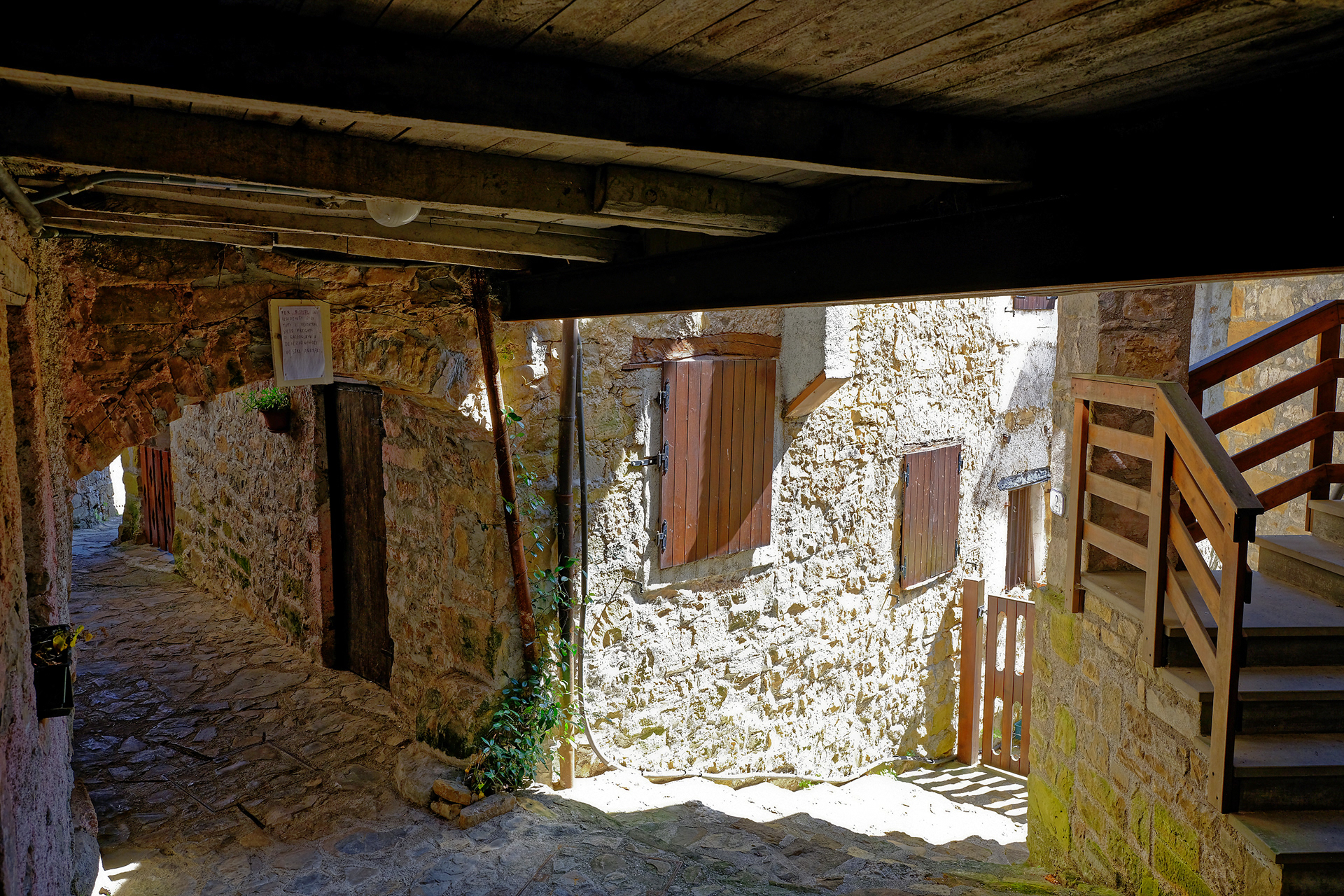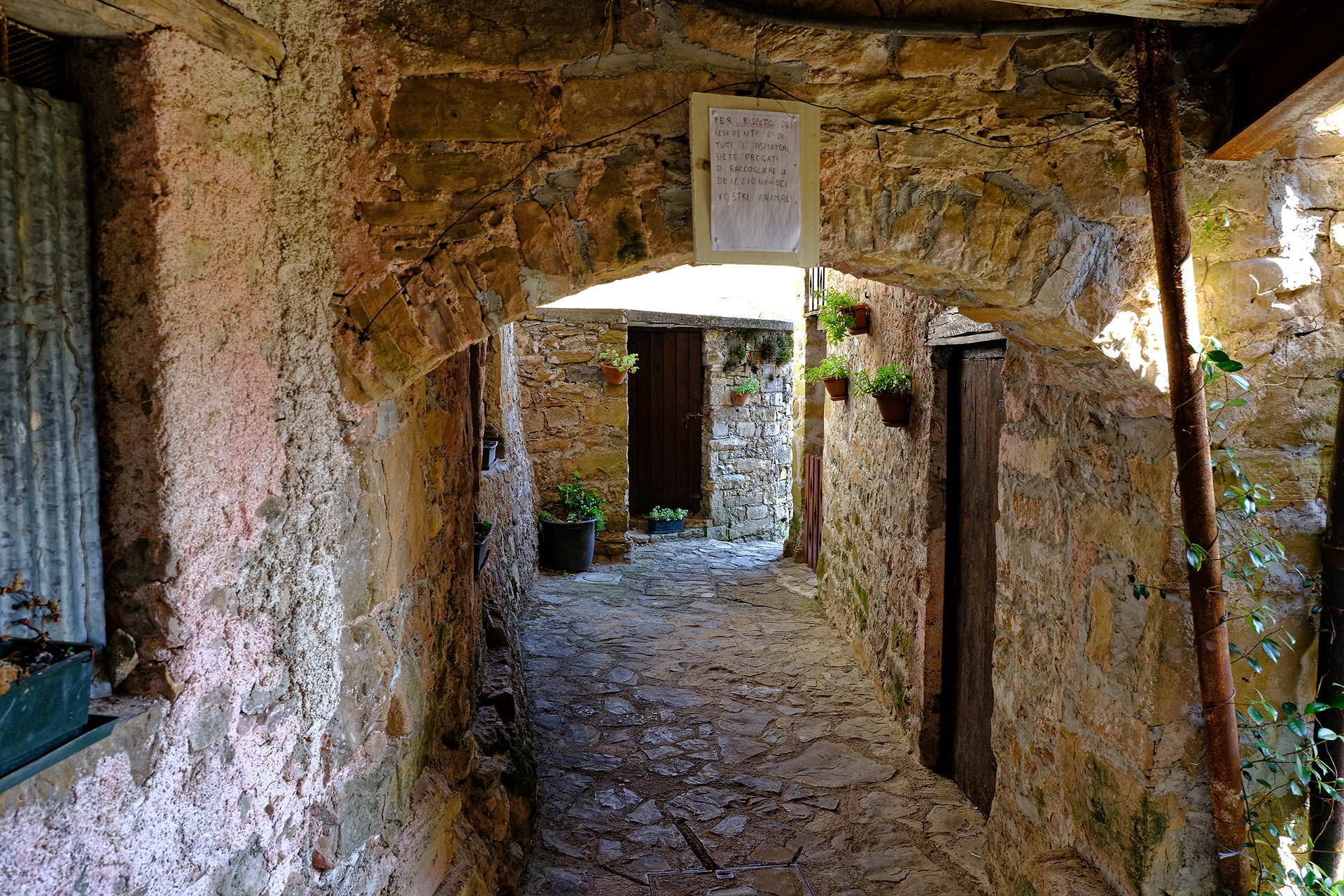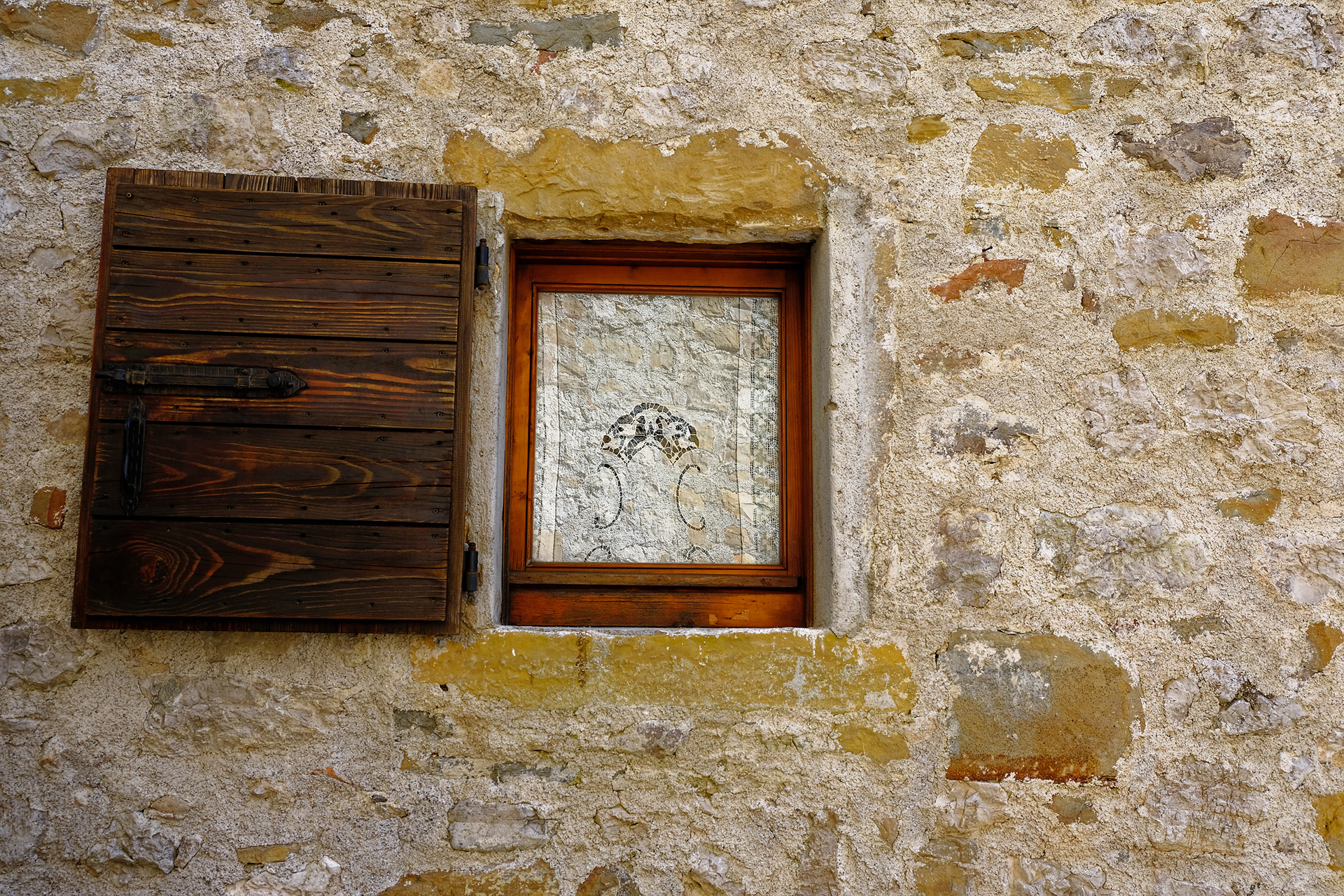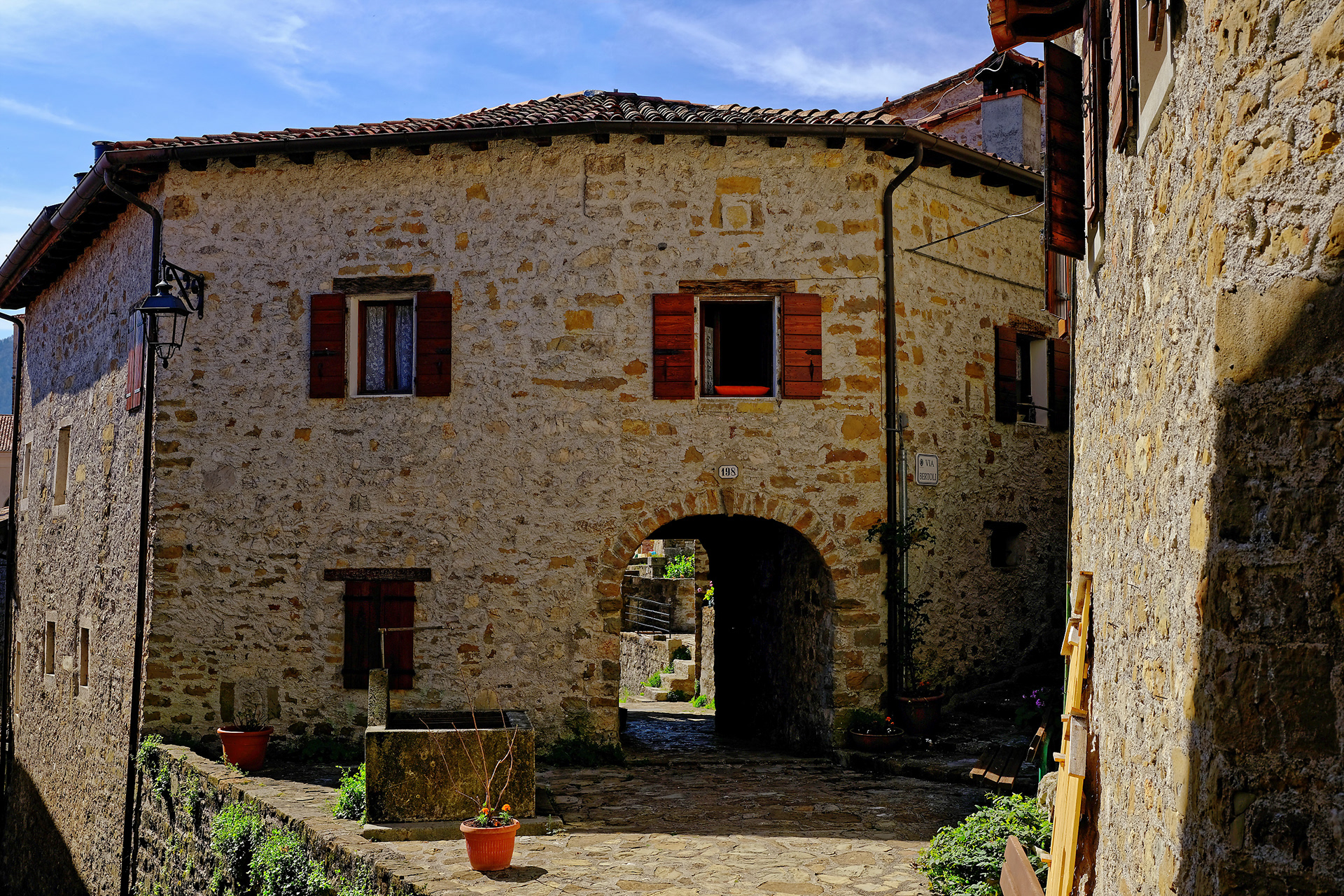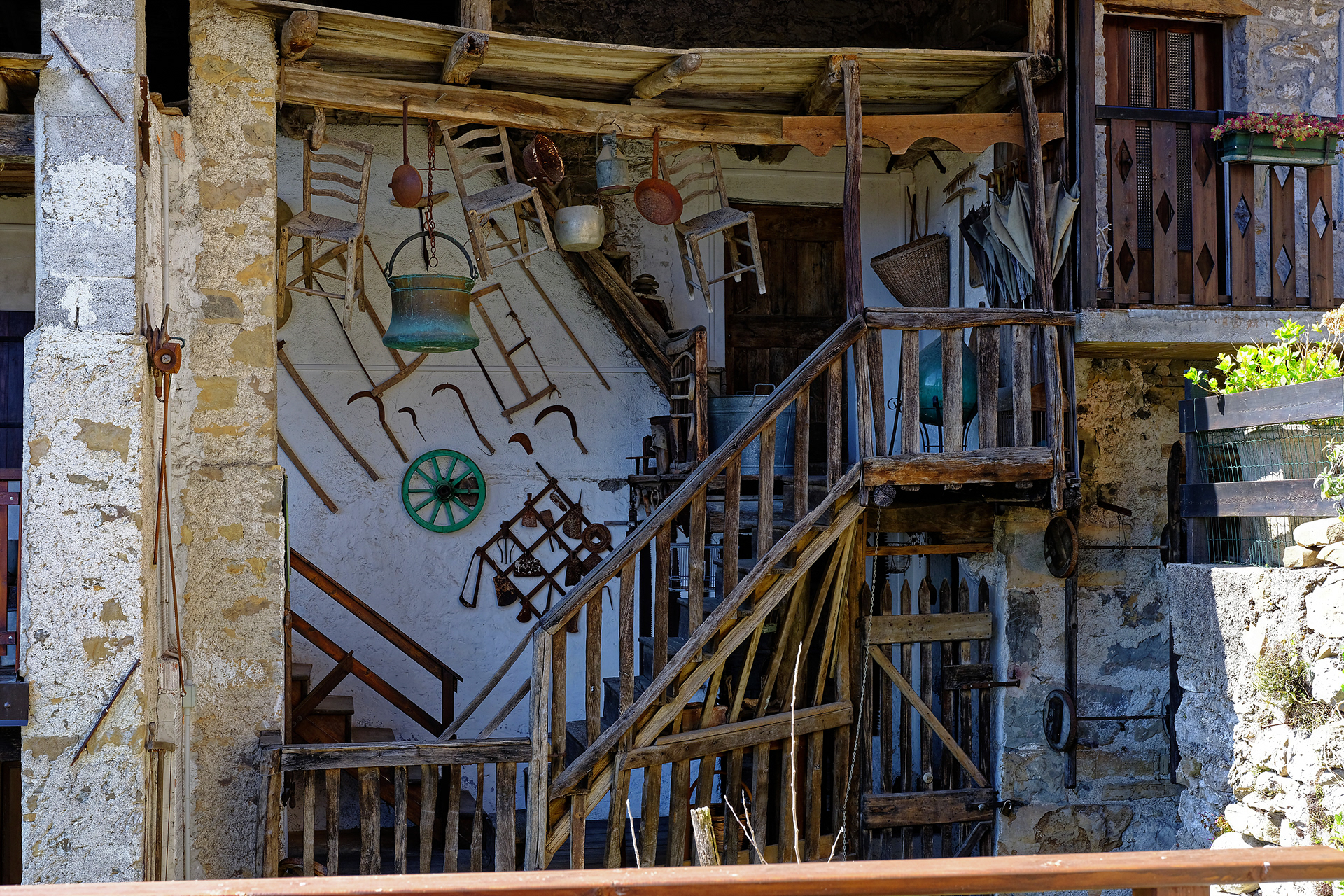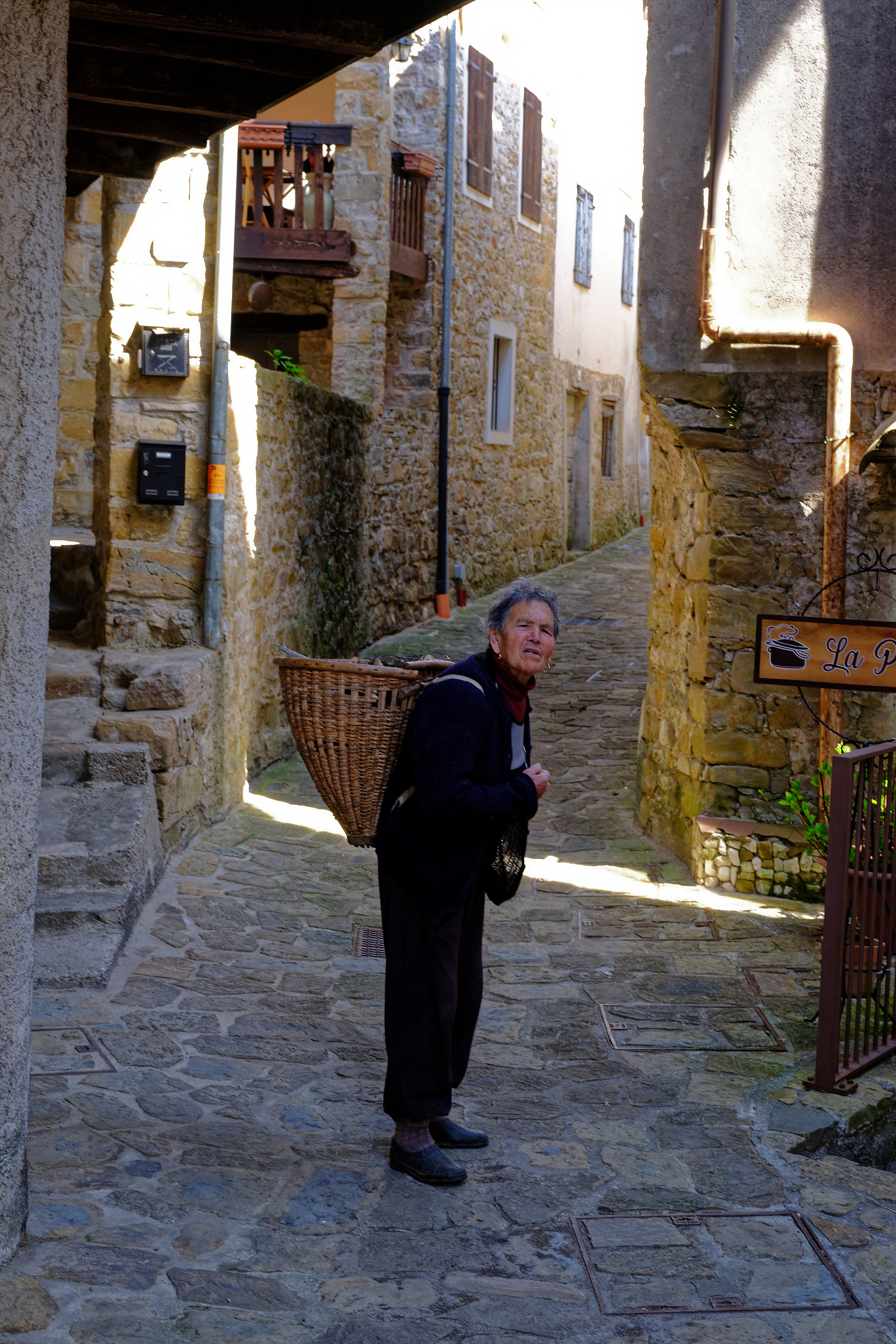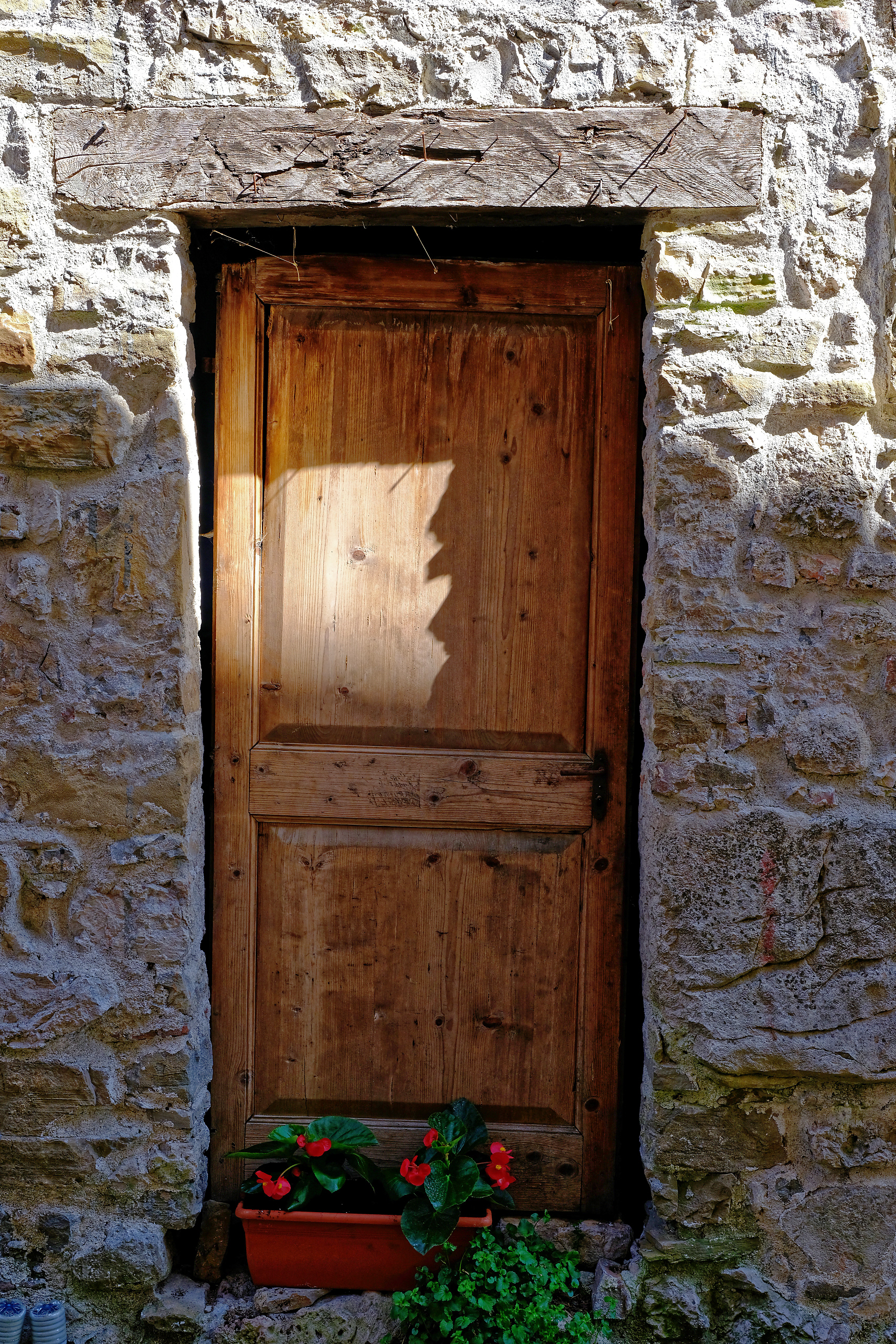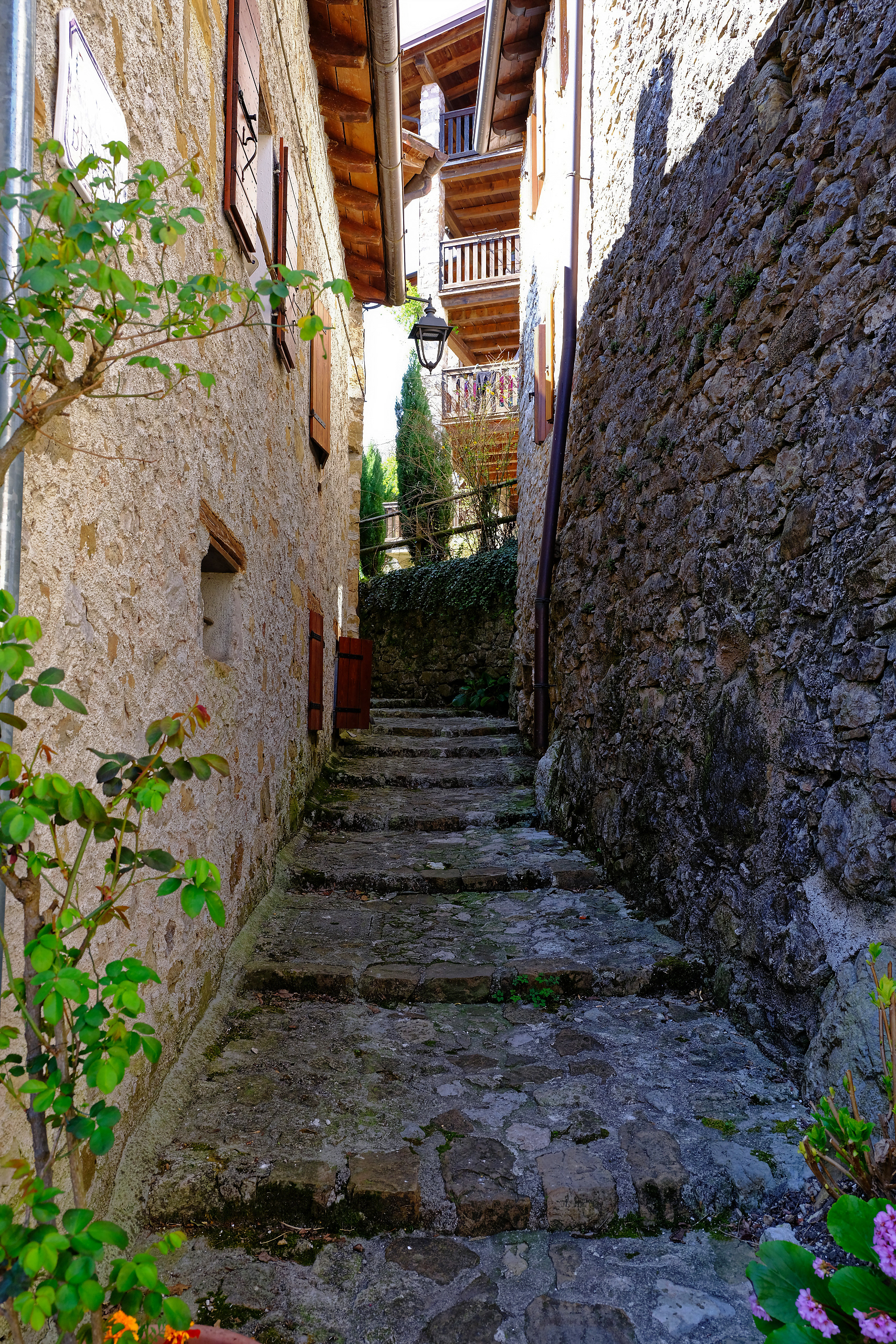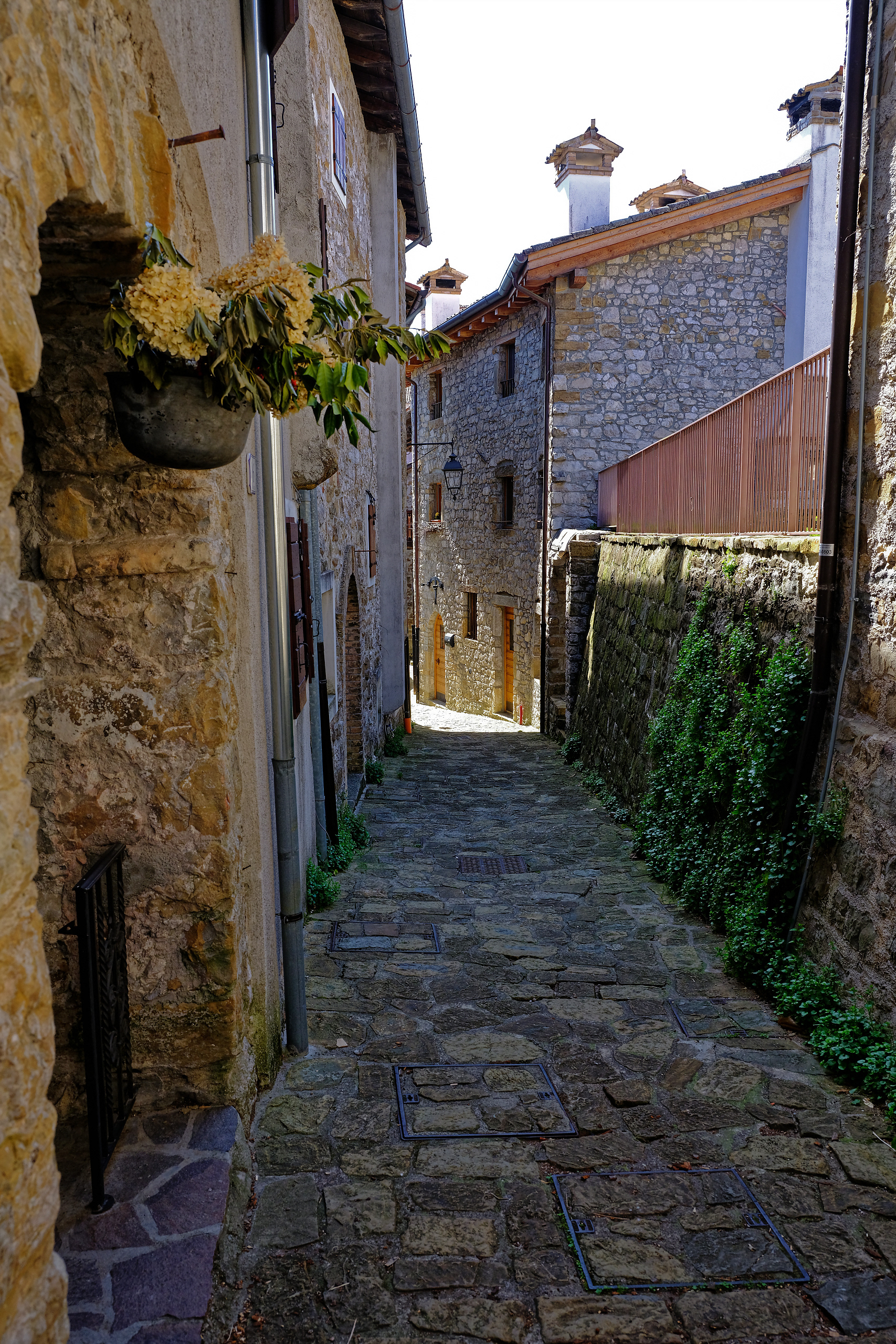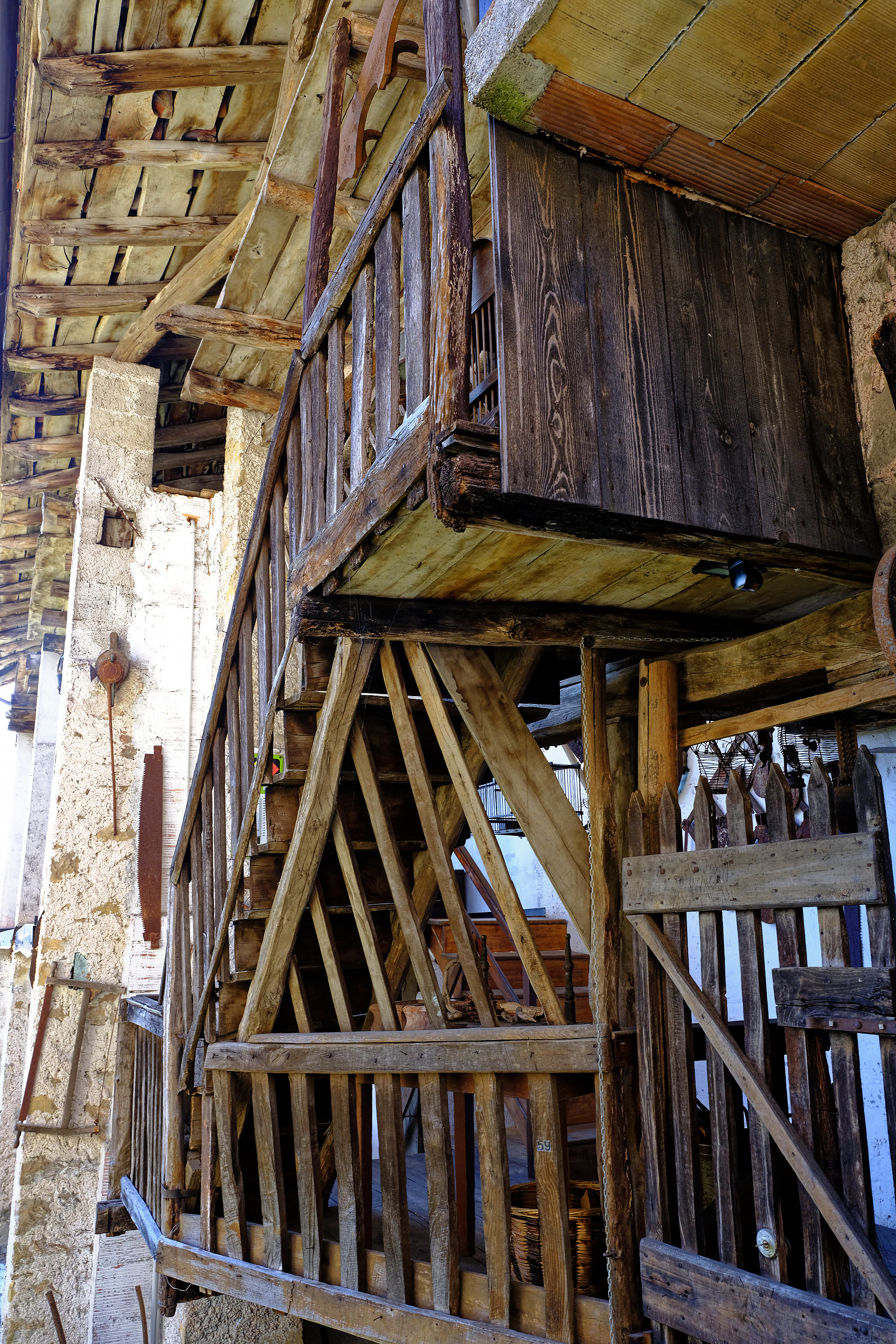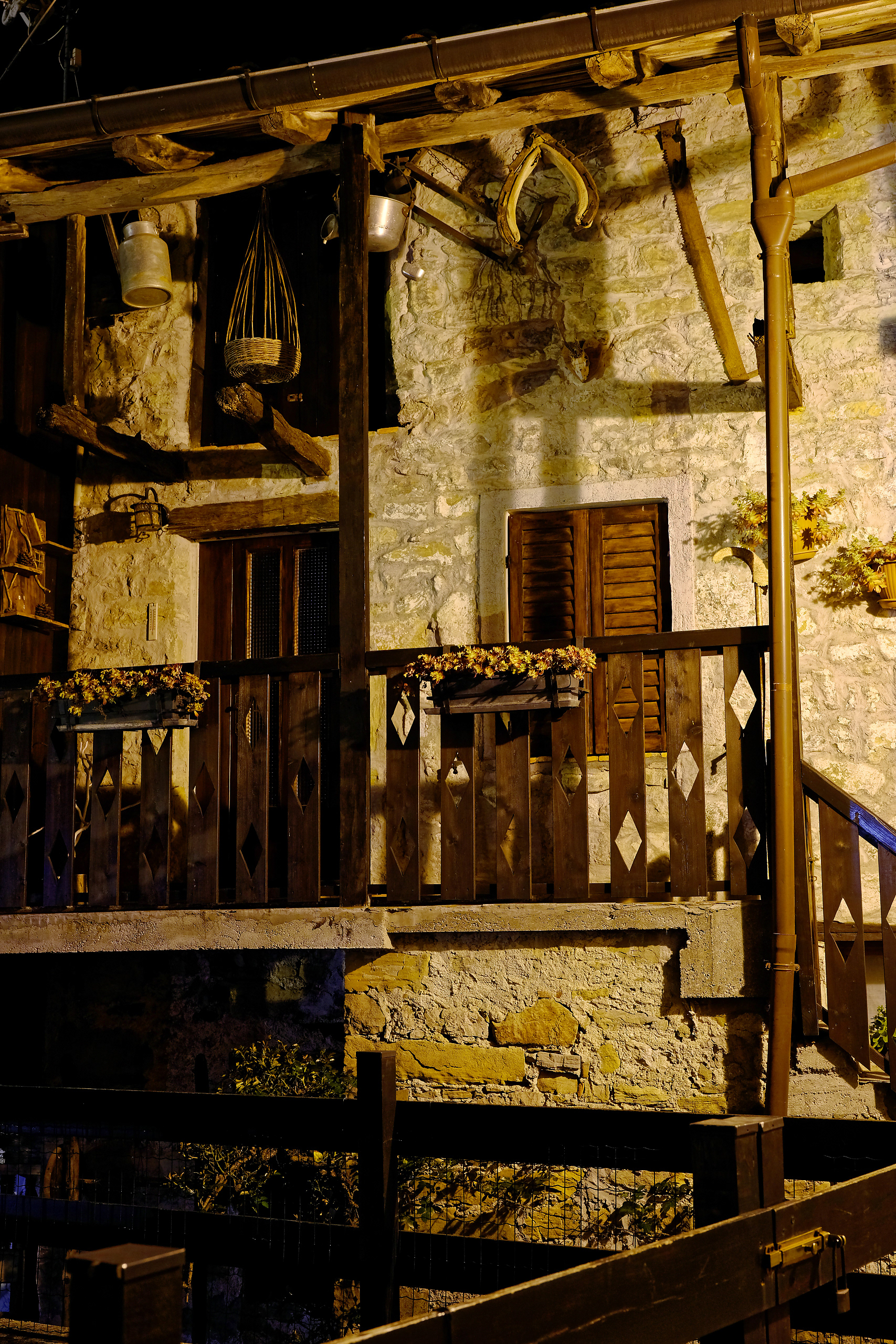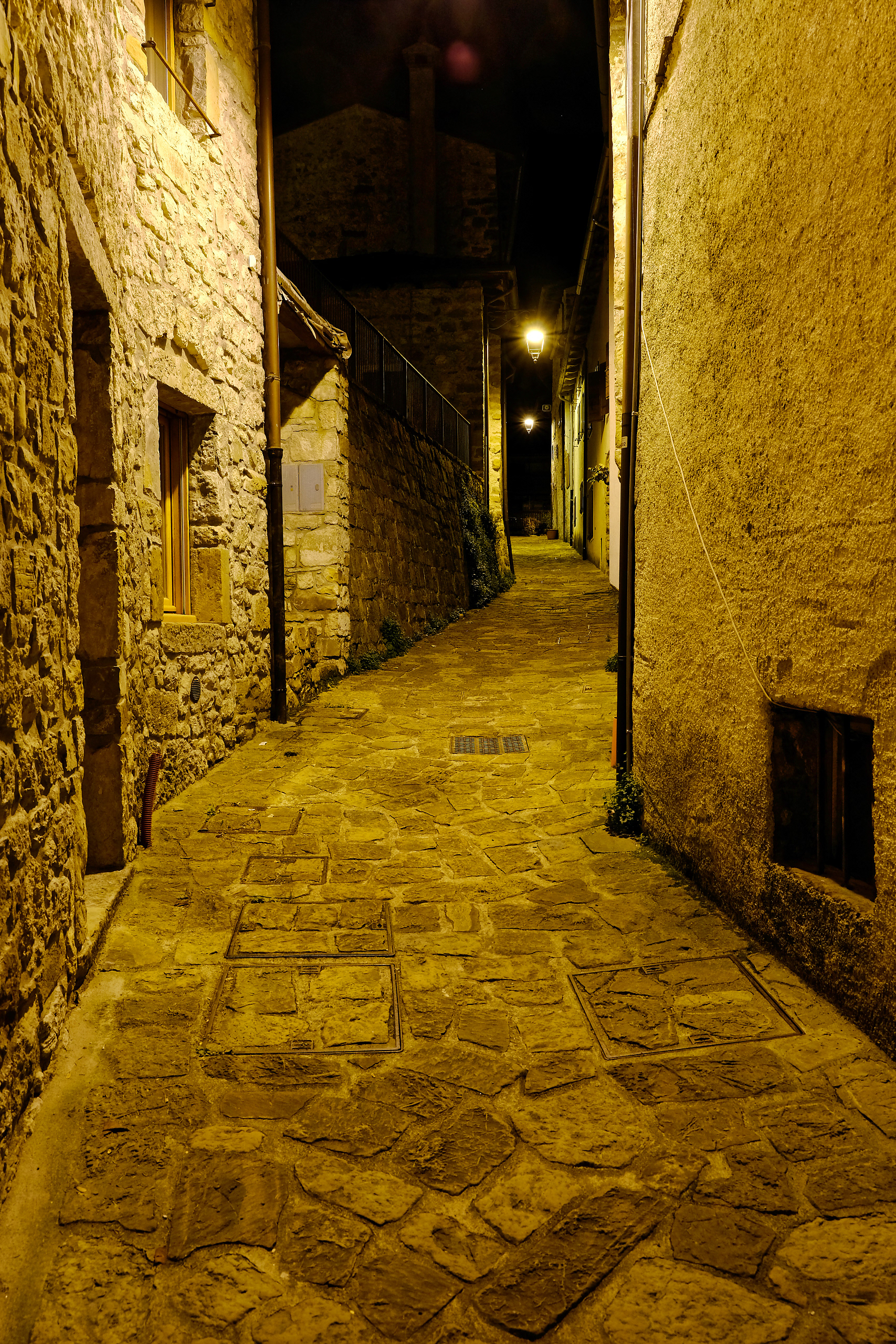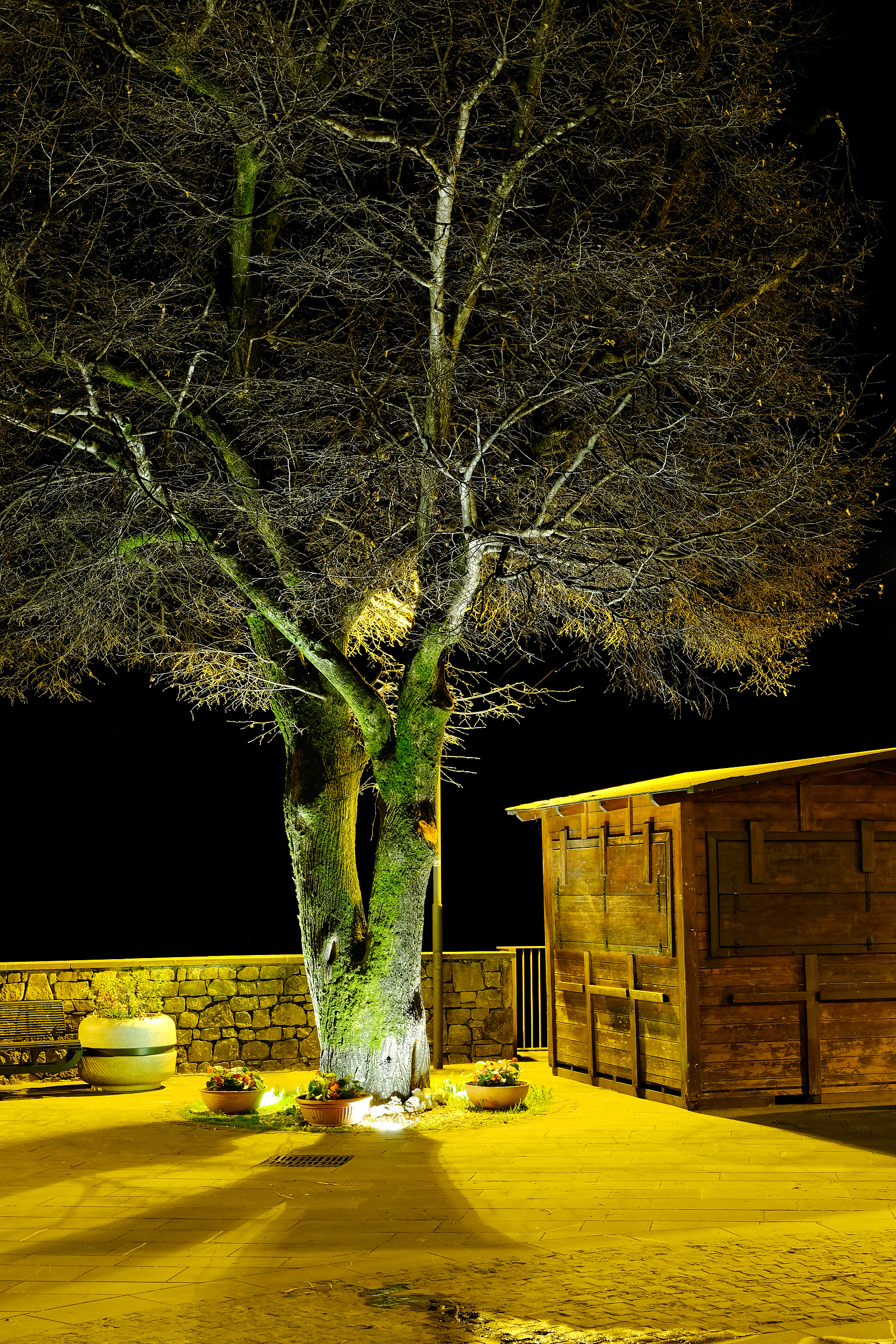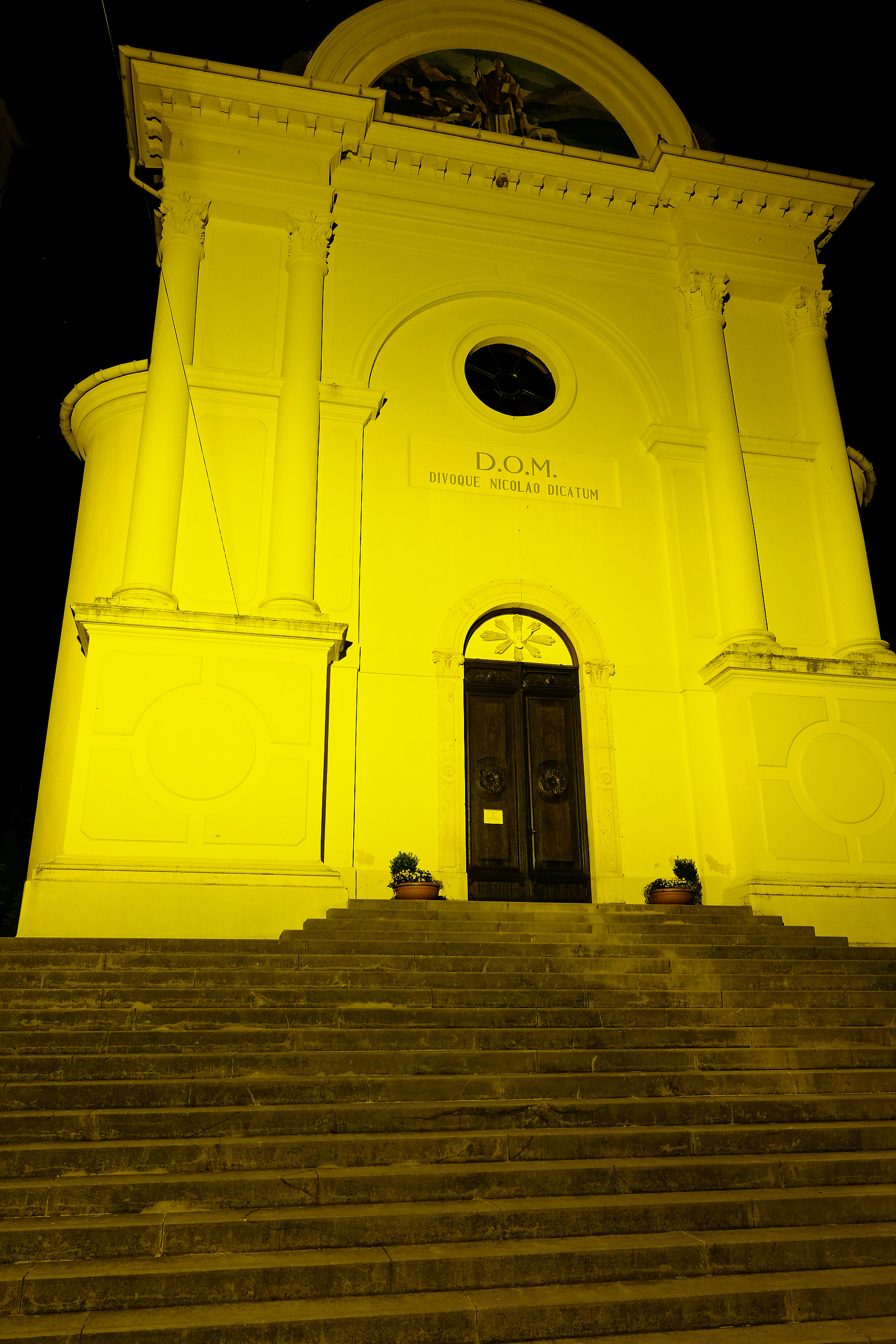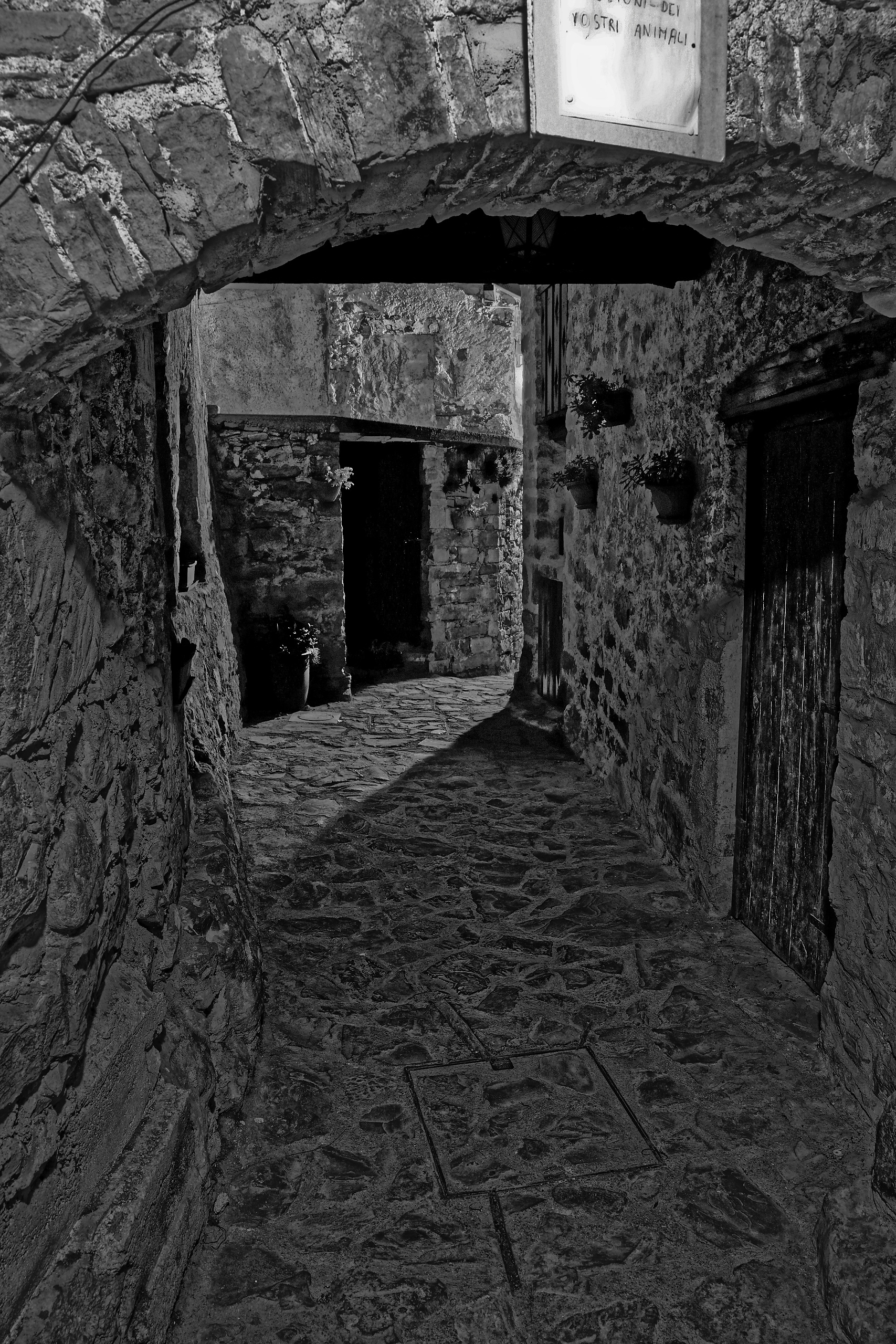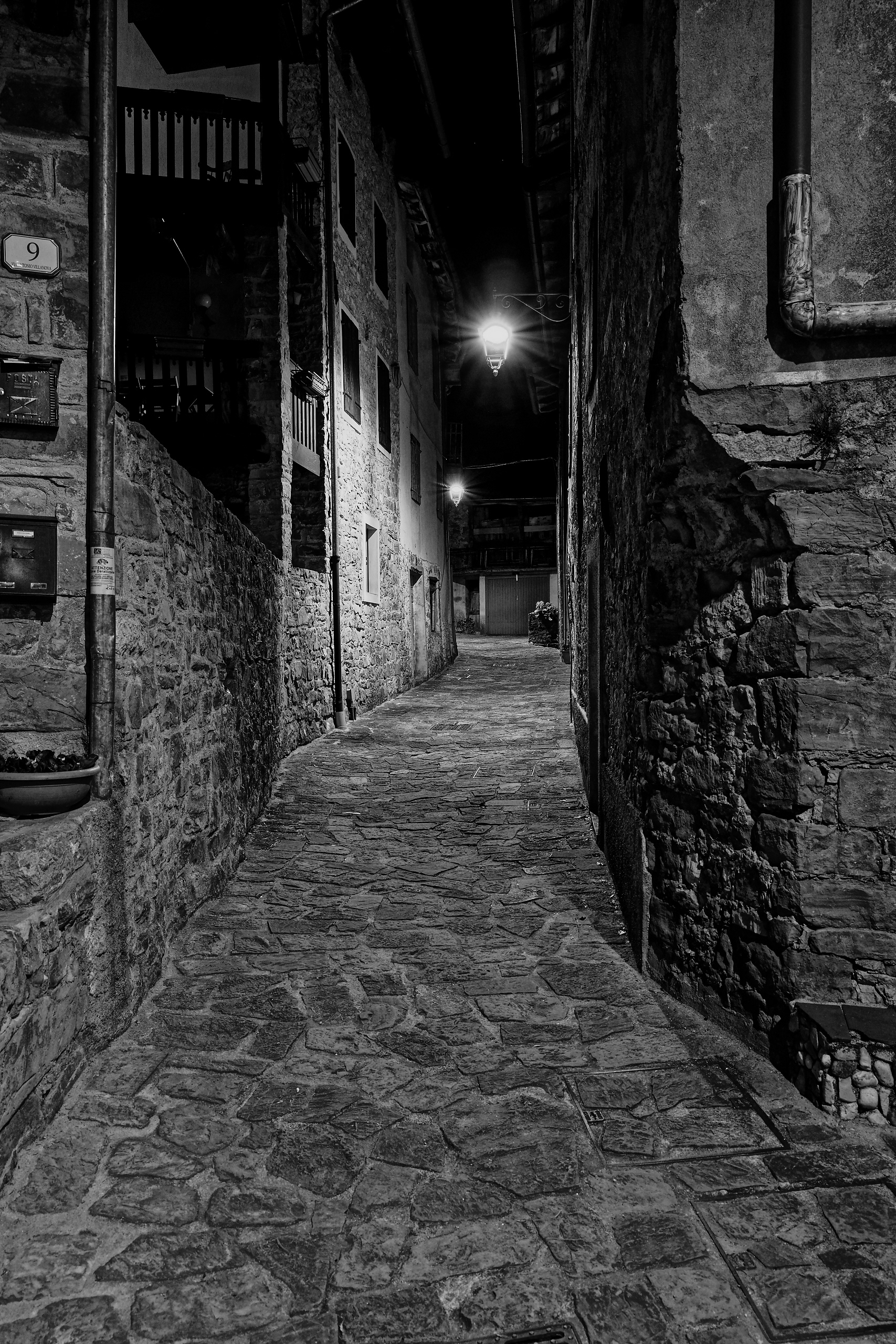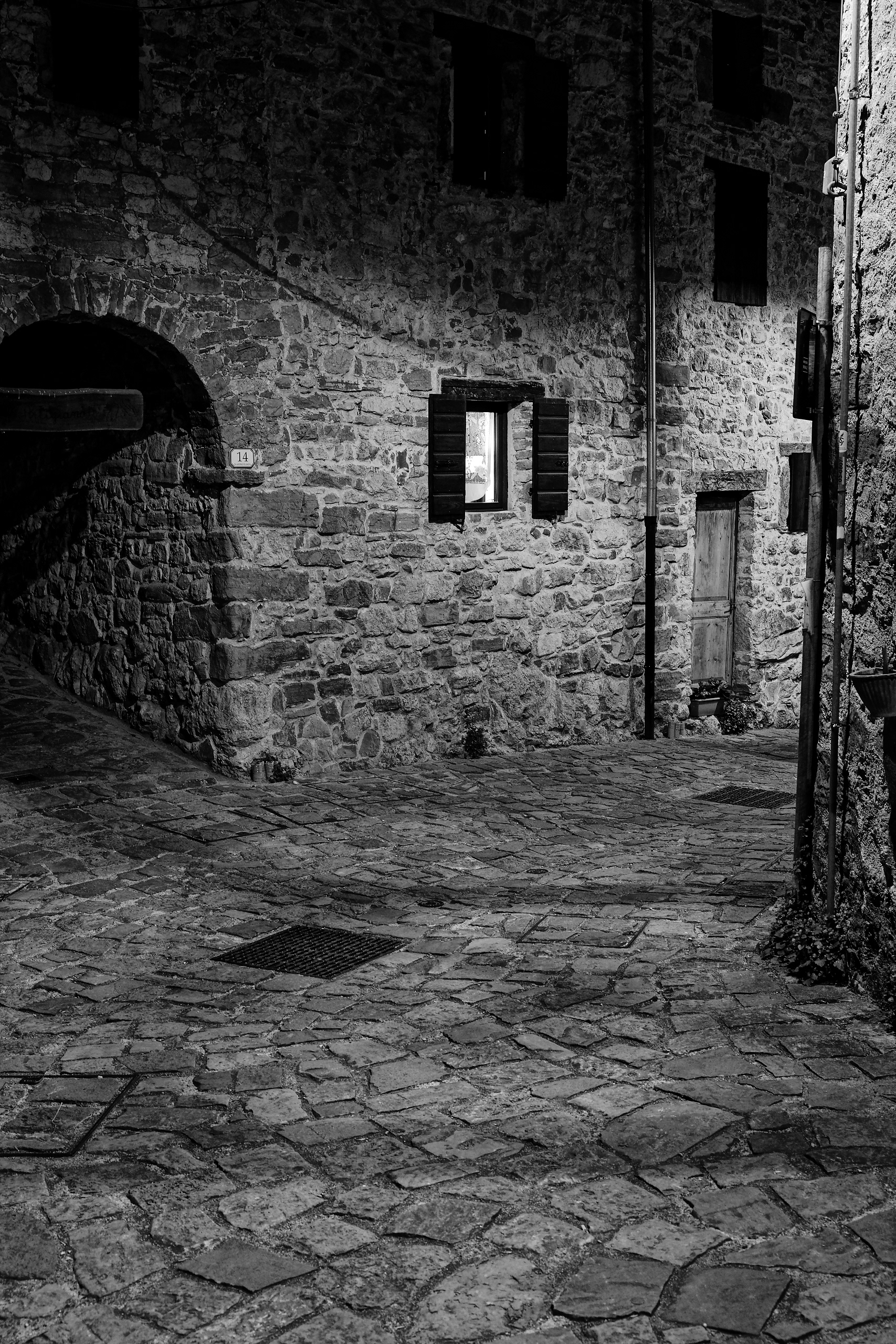Incastonato sulle pendici del Monte Raut che domina la vallata, Poffabro è un vero gioiello dell'architettura friulana di montagna. Sono proprio le sue caratteristiche abitazioni ad attirarvi ogni anno migliaia di visitatori, in particolare da quando è stato inserito nella ristretta cerchia dei "Borghi più belli d'Italia". A chi sale fin quassù, infatti, Poffabro offre la sua magia. passando sotto gli archi di pietra che hanno sfidato anche il terremoto del 1976, nel riposante silenzio di vicoli acciotolati che penetrano nel cuore dell'antico borgo, si può davvero della saggezza di chi, in tempi passati ha realizzato qui un'opera umana totalmente in armonia con lo splendido scenario della natura che la circonda e che conserva intatto l'impianto cinque-seicentesco nelle sue solide abitazioni. La meravigliosa architettura tipica della Val Colvera si fonde perfettamente con l'ambiente circostante perchè realizzata esclusivamente con materiali reperiti in valle. Le abitazioni sono generalmente in pietra tagliata al vivo, con ampi ballatoi in legno di castagno che servivano per essiccare il fieno, il mais e altri prodotti necessari per l'inverno. Caratteristiche le scale esterne, costruite in legno fatta eccezione per la prima rampa in sassi così da garantire maggiore stabilità alla struttura. Oggi nel piccolo borgo vivono 60 persone.
Poffabro, a magic village. Nestled on the slopes of Mount Raut that dominates the valley, Poffabro is a real jewel of the Friulan mountain architecture with is characteristic houses, in fact, it has been included in the narrow circle of "the most beautiful villages in Italy". By passing under the stone arches that have faced also the 1976 earthquake, in the relaxing stilness of cobbled lanes that penetrate in the ancient heart of the village, you can understand wich way the human being can be in harmony with the beautiful scenary of nature. The typical architecture of Val Colvera blends with the environment because it is made exclusively with materials found in the valley: the houses are made of square-edged stone, with large balcones in chestnut wood, the external stairs are built of wood and in part of rocks to ensure greater solidity. even today you can see typical examples of houses gathered in closed courtyards that are circular or semi-detached and , rarely, isolated. Today only 60 people live in the village.
